M79 is a single-shot, shoulder-fire, break-action grenade launcher developed by Springfield Armory. It was the first weapon of its type ever produced. To keep recoil forces low, it is chambered to fire 40 x 46 mm rounds, usually known as the High-Low Propulsion System. A wide variety of 40 mm rounds have been produced, including explosive, anti-personnel, smoke, buckshot, flechette, and illumination.
Introduction
It saw its first action in Vietnam War. It quickly became so popular among the American soldiers that it earned multiple nicknames, such as “Thumper,” “Thump-Gun,” “Bloop Tube,” “Big Ed,” “Elephant Gun,” and “Blooper,” as well as “Can Cannon” in reference to the grenade size; Australian units referred to it as the “Wombat Gun.” The M203 grenade launcher largely replaced the M79 grenade launcher and these days with M320 grenade launchers, but there are still dozens of units that remained in service in many units worldwide in niche roles.
Development
The story of the M79 grenade launchers starts at the end of World War II. It lasted through the Korean War a few years later when the US Army concluded that regular rifle grenades were inadequate for general-purpose fire support because those types of weapons had become obsolete in a very slow and cumbersome launch.

The US Army initiated Project Niblick to develop a replacement to close that gap. By 1952, Project Niblick had determined that a spherical 40 mm projectile with an explosive charge was suitable for the task. Testing, however, eventually showed that a cylindrical 40 mm projectile with a rounded nose was the better choice; it had much better ballistics and could hold a larger volume of explosives. It was also further determined that to launch the 40 mm grenades, they needed to be fired from a unitary cartridge, using a relatively low-pressure charge.
A low-velocity casing 46 mm in length was developed for man-portable launchers, while a 52 mm long casing was developed for launching grenades from mounted weapons. Now they had the 40×46 mm low-velocity grenade. The US Army needed a gun to launch it.
The Army asked Springfield Armory to devise such a weapon in 1953, which initially presented the T148 grenade launcher (not to be confused with the XM148, a later gun of a very different design). The T148 employed a “harmonica” style magazine with a three-round capacity but proved problematic in testing, leading to its rejection.
Springfield then presented the S-3, which was derived from the T148 itself, but employed a break-action loading system, not unlike that used in many shotguns. The S-3 proved effective and was further refined into the S-5, which finally impressed the Army. After adding a new sighting system, the Army acquired several S-5s in the late 1950s for testing and evaluation and type-classified them as the “XM79”.
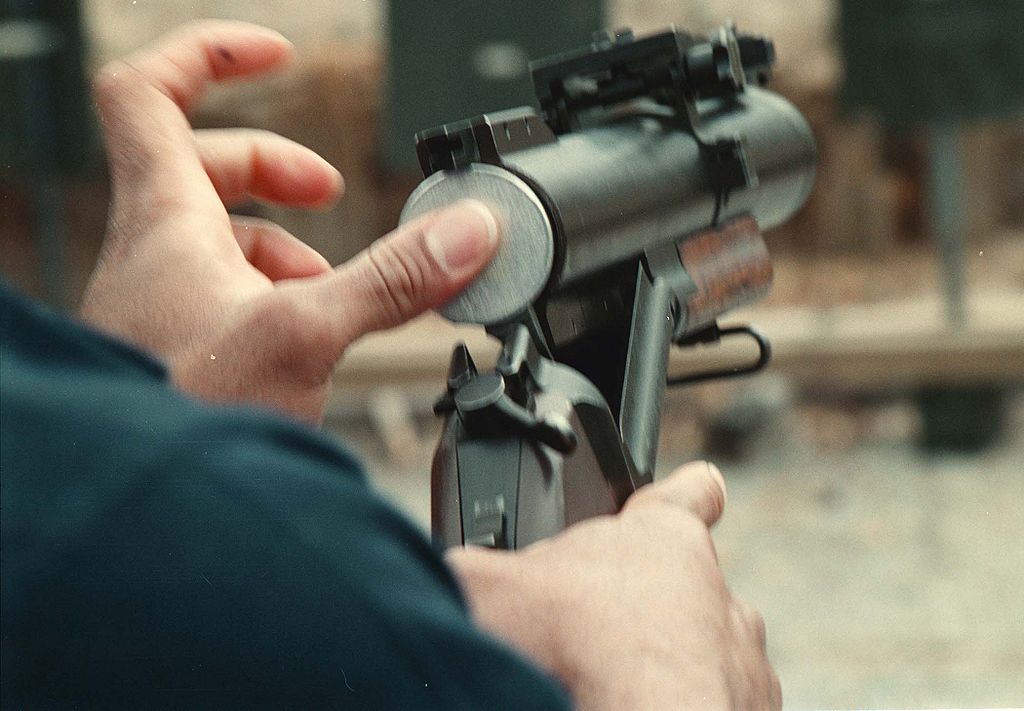
Satisfied with the weapon’s performance, the Army formally adopted it on December 15, 1960, like the M79, and large-scale deliveries began in the following year. It was not only the first weapon of this type, but it was one of the greatest ever fielded by all accounts.
The M79 resembles a sawed-off shotgun, thanks to its break-action operation, inverted rifle-style buttstock and foregrip, and wooden furniture. Not including a sling, the M79 consists of 4 subassemblies; the barrel, foregrip, receiver, and buttstock.
To fire the M79, the operator must first safely prepare the weapon, then press the barrel-locking latch to the right side; this will “break” the gun, allowing it to open so that the chamber may be accessed. Opening the barrel automatically cocks the weapon. If there is a spent casing (or an unfired round, perhaps a dud) in the chamber, the user must physically pull it out with their hand, as the M79 does not have an automatic extraction mechanism. After loading a new cartridge as far in as it will go, the barrel must be returned to its firing position, which completes the chambering process and locks the barrel into place.
The weapon in this state is now loaded and ready to fire, and when the operator is prepared to do so, the fire selector must reset the fire selector from “safe” to “fire.”
Users may fire the weapon from any position where a rifle or shotgun would be fired. It may also be fired at high elevations from kneeling or prone positions with the buttplate set on the ground, much like a mortar. However, the operator must also be mindful when firing on flat trajectories of the fact that the grenades drop extremely fast on a flat trajectory compared to a regular bullet; aiming at a flat trajectory against a target that is relatively low and close could drop a grenade short into the ground far enough that it will detonate, but close enough that the operator is probably inside the casualty radius!
It is also possible to fire the M79 one-handed like a pistol (in fact, their stocks have sometimes been sawed-off to make them faster to draw), thanks to their lightweight and relatively soft recoil. However, this also makes the weapon more difficult to aim.
All 40×46 mm grenades have fuses that activate at or past 30 m, as a safety precaution; as such, a grenadier armed with an M79 and fighting closer targets will either have to use buckshot or canister round, directly hit an enemy soldier with a grenade, or switch to a different weapon. When fired, the M79 has a distinct muzzle report similar in sound to a cork being pulled out of a bottle; for this reason, it became widely known as the nicknamed “Blooper” and “Thumper.”
When the ladder sight is lowered, the sights consist of a front blade and a rear leaf. The ladder sight is required for accurate medium or long-range shooting, and when raised, it effectively becomes the weapon’s rear sight. The sight ladder is effective for ranges from 75 m to 375 m, in 25 m increments. However, experienced users often don’t bother to use the ladder sight, as the time required to raise it and take aim “by the book” usually isn’t available in the heat of a firefight.
Ammunition
Countless different 40 mm grenades can be launched from the M79. Below is a partial listing:
- M381 HE (High Explosive) round
- M382 TP (Training Practice)
- M406 HE round
- The M433 HEDP (High Explosive Dual Purpose) round
- M433 round
- M576 Buckshot round
- M662 Illumination round
- M992 Infrared Illumination round
- The M531 less-lethal crowd control round (disperses tear gas)
- M1006 less-lethal round (fires a foam rubber projectile)
- The M1029 less-lethal round (loaded with 48 hard rubber .48 caliber balls)
Operational use
The first combat use of the M79 was during the Vietnam War. While so many new US weapons proved wanting during this conflict (the M16 and M60 in particular), the M79 proved extremely reliable, lethal, and effective. It also gave US and South Vietnamese (ARVN) soldiers overmatching firepower against an enemy who relied on commando mortars, rifle grenades, recoilless rifles, and rocket launchers for their organic fire support assets, all of which proved cumbersome at best in the dense jungles and forests of Vietnam.

This made the M79 one of the most valuable and effective weapons for the ARVN and its allies, and it was highly regarded. This success more than anything else validated the modern grenade launcher, making it a weapon coveted by almost every military force in the world.
Manufacturer
The M79 was manufactured from 1961 to 1971, with over 350 000 produced; this also does not include production of the M79 abroad, where it continued to be manufactured much longer.
Users
Possibly the most prolific grenade launcher in history, the M79 has been used by many nations. These are known to include Australia, Brazil, Cambodia, Chad, Colombia, Costa Rica, Dominican Republic, El Salvador, Eritrea, Ethiopia, Fiji, Greece, Guatemala, Haiti, Honduras, Indonesia, Iran, Ireland, Israel, Jamaica, Jordan, Kenya, Lebanon, Malaysia, Myanmar, Nicaragua, Oman, Paraguay, Philippines, Portugal, Saint Vincent and the Grenadines, Saudi Arabia, Somalia, South Korea, Spain, Taiwan, Thailand, Turkey, the United States, Vietnam, and Yemen. It is also used by many non-state groups, such as the Kurdish Peshmerga.
Few M79s remain in the US inventory, having mainly been phased out in favor of the M203, but they are still occasionally issued. Notably, many situations which arose in recent wars, where the United States have been evolved, have forced the return of much M79s back into front-line service, which had previously been gathering dust in armories and warehouses.
Even after introducing repeating grenade launchers such as the MGL, the M79 seems to have a habit of finding its way into firefights across the world. Therefore, it is likely that despite its age, the M79 will remain in service well into the foreseeable future.
Variants
- T148: First attempt at a 40mm grenade launcher and predecessor of the S-3/5. It was a repeating weapon that fired from a 3-round cassette.
- S-3 and S-5: Prototypes of the M79, derived from the T148.
- Daewoo KM79: South Korean license-built copy of the M79.
- M79-VN: Vietnamese copy of the M79, distinguished by having an optical sight.
- HK69A1: A German equivalent of the M79, made by Heckler & Koch. Thanks to its skeleton buttstock and angular composite furniture, it has a much less eclectic appearance.
- MILKOR M79: A South African reconstruction of the M79, with the stock, pistol grip, and foregrip of the Vektor R-4 assault rifle and a 3.5x telescopic sight.
- MILKOR Stopper: This South African grenade launcher was made primarily for crowd control purposes and fires a variety of proprietary less-lethal 37 mm grenades. However, it can also be fitted with a 40-mm barrel, which can fire any 40×46 mm grenade.
- Pallad: This Polish 40 mm grenade launcher is not only employed as a “standalone” weapon like the M79 but can also be fitted to a weapon as an under-barrel launcher like the M203. It fires a special 40×47 mm low-velocity grenade.
- 40 GL: This Singaporean grenade launcher may be used as standalone or under-barrel weapons. It should not be confused with the 40 AGL, a completely unrelated automatic grenade launcher (though the same company makes it).
- B&T GL-06: This Swiss-made grenade launcher is similar to the MILKOR M79 and has a dedicated crowd control variant, the LL-06.
- FN FN40GL EGL: A Belgian “standalone” grenade launcher developed from the grenade launcher used in the F2000 assault rifle. Its furniture may also be removed or omitted, using it as an under-barrel weapon.
- RGS-50: This large Russian 50 mm single-shot weapon was designed primarily for crowd control, but lethal 50 mm ammunition was also developed for it.
Many repeating grenade launchers fire low-velocity grenades.
Technical specifications
| Country of origin: | United States |
| Manufacturer: | Springfield Armory |
| Entered service: | 1961 |
| Caliber: | 40 mm |
| Cartridge: | 40 x4 6 mm |
| Weight (unloaded): | 2.7 kg |
| Length: | 731 mm |
| Barrel length: | 357 mm |
| Muzzle velocity: | 76 m/s |
| Practical rate of fire: | 6 rpm |
| Magazine capacity: | 1 round |
| Sighting range: | 375 m |
| Range of effective fire (grenade, point target): | 150 m |
| Range of effective fire (grenade, area target): | 350 m |
| Range of effective fire (buckshot): | 30 m |
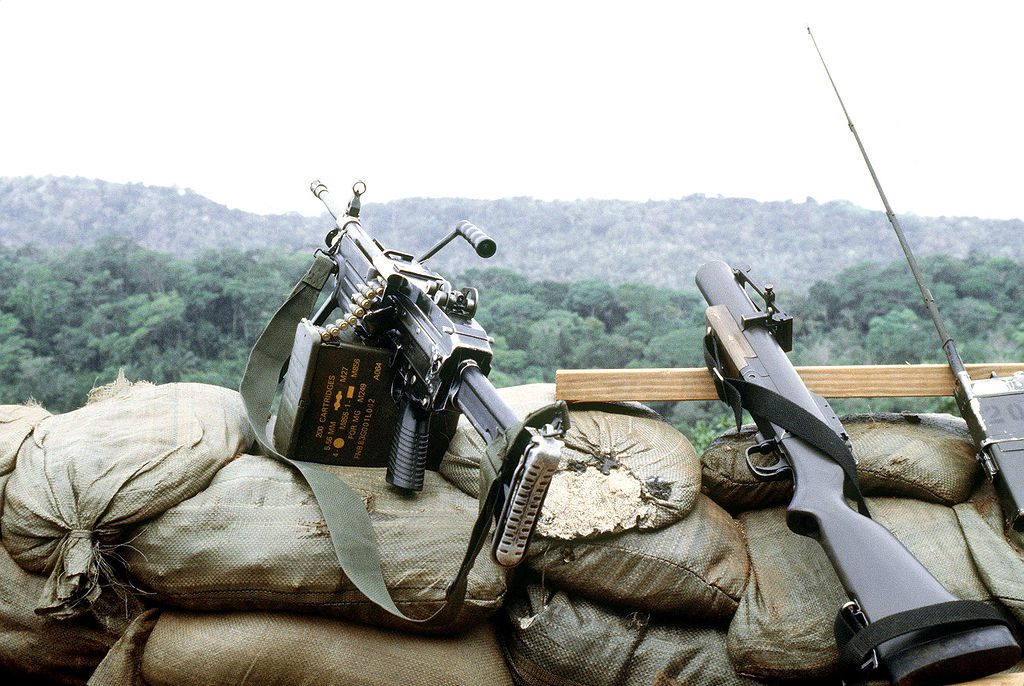
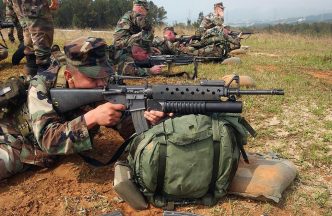
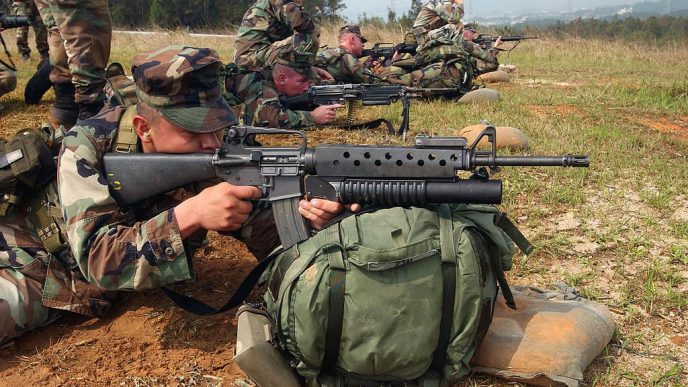
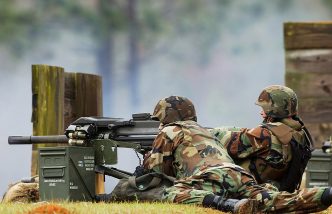
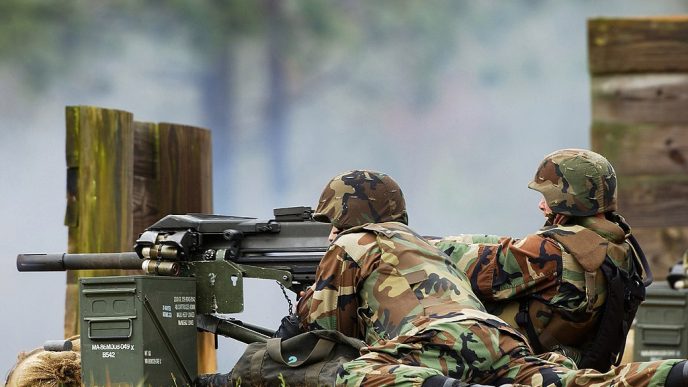
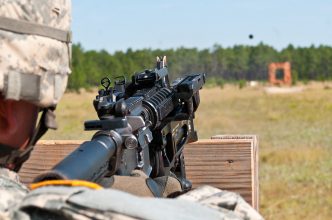
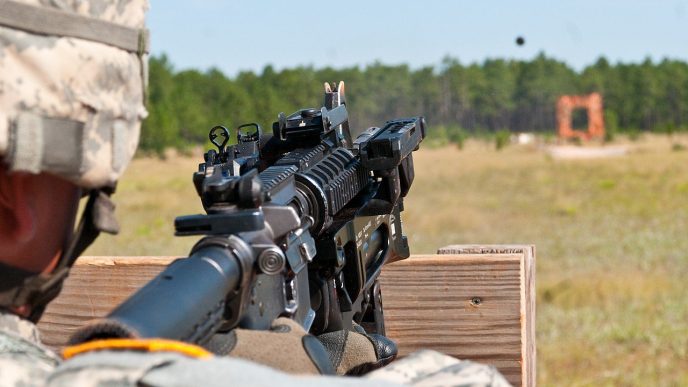
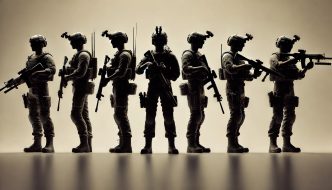
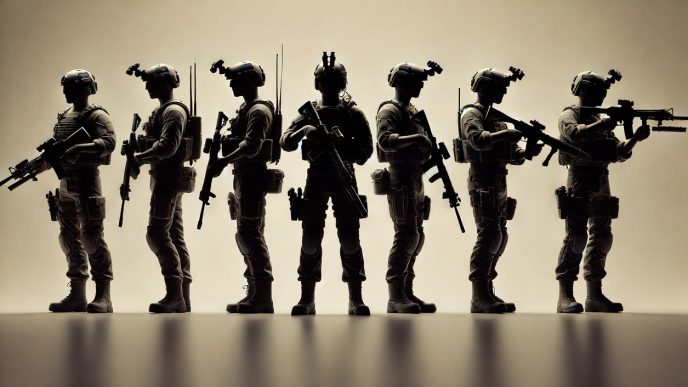
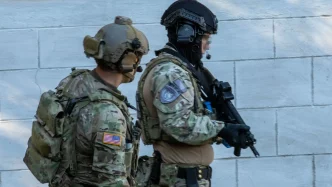
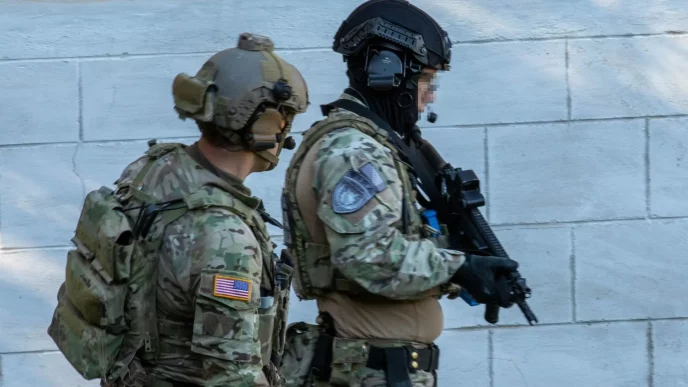
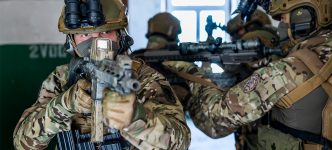
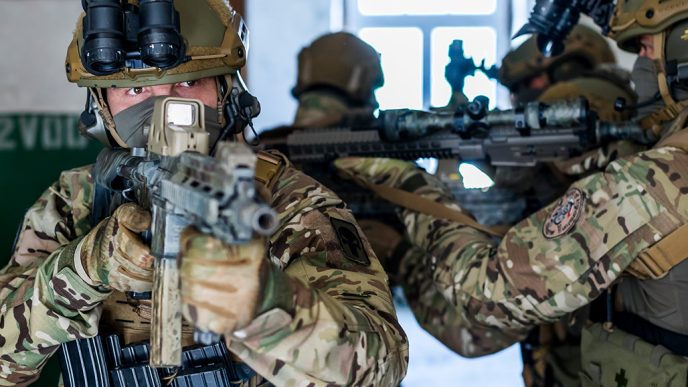
Eric’ I fired the ‘M-79′ many times in different situations with whatever rnd was needed and also used the same ’40’ mm round in my ‘M-16’ that was equipped with the same.
This is what cargo and oil tankers need for pirates.